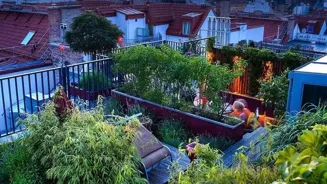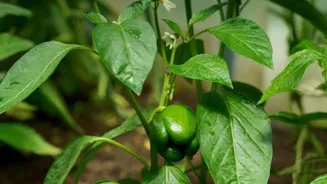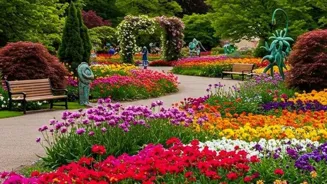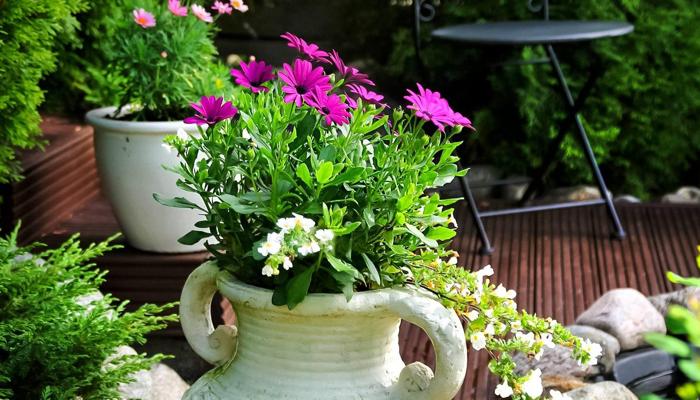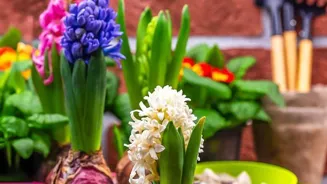Unveil the beauty of Mughal gardens with 8 unique plants for your green sanctuary! Elevate your garden game now!
Calling all garden enthusiasts and lovers of beauty! Tired of the same old roses and marigolds?
Then it's time to infuse your green space with the grandeur and elegance of the Mughal era.
The Mughal gardens, renowned for their symmetrical layouts, flowing water features, and of course, their breathtaking flora, offer a wealth of inspiration for transforming your own little patch of land into a paradise.
We've curated a list of 8 unique Mughal garden plants that will not only add a touch of royalty but also thrive in the Indian climate. Get ready to bring home a piece of history and elevate your garden game!
The Enchanting Champa (Plumeria): Fragrance Fit for an Emperor
The Champa, or Plumeria, is a quintessential Mughal garden favorite, prized for its intoxicating fragrance and delicate, waxy flowers. Its sweet scent will transport you straight to the Shalimar Bagh in Kashmir.
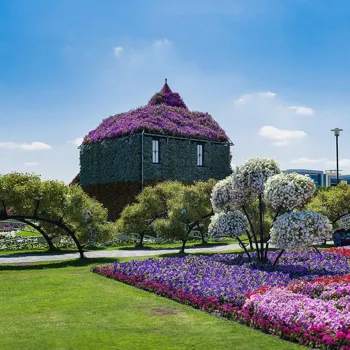
These beauties are relatively easy to grow in India, thriving in warm climates with well-drained soil and plenty of sunlight. Choose from a variety of colors, from the classic white and yellow to vibrant pinks and reds, to add a splash of vibrancy to your landscape.
The Champa is perfect for planting near seating areas or walkways, where you can fully enjoy its mesmerizing perfume. Did you know? The Champa flower is often used in religious ceremonies and is considered a symbol of immortality.
Regular watering during the dry months and occasional fertilization will keep your Champa healthy and blooming beautifully.
The Majestic Cypress (Cupressus): A Symbol of Eternity
The towering Cypress tree, with its slender, upright form, is a signature element of Mughal garden design. It provides a strong vertical accent, creating a sense of formality and elegance.
Often planted in rows or used as a backdrop for other plants, the Cypress adds structure and a sense of permanence to the garden. While some varieties of Cypress can grow quite large, there are also more compact cultivars available, suitable for smaller gardens.
These trees prefer full sun and well-drained soil, and are relatively drought-tolerant once established. The Cypress not only adds beauty but also offers privacy and acts as a windbreak.
In many cultures, the Cypress is associated with mourning and remembrance, but in the context of the Mughal garden, it symbolizes eternity and enduring beauty. Regular pruning can help maintain its shape and prevent it from becoming too overgrown.
The Aromatic Lavender (Lavandula): A Soothing Oasis
While lavender might seem more at home in a French garden, it was also a favored plant in Mughal gardens, valued for its fragrant foliage and calming properties.
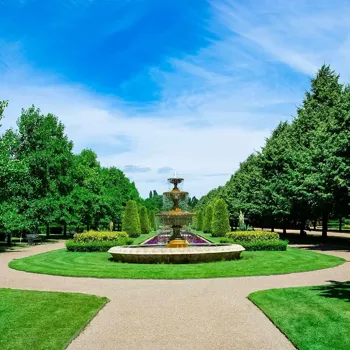
The scent of lavender is known to reduce stress and promote relaxation, making it the perfect addition to a contemplative space in your garden. Lavender thrives in sunny locations with well-drained, slightly alkaline soil.
Regular pruning after flowering will encourage bushier growth and prevent it from becoming leggy. The dried flowers can be used in potpourri, sachets, or even for culinary purposes.
Imagine strolling through your garden, the soothing aroma of lavender filling the air – it's a little slice of paradise right in your backyard. Consider planting lavender along borders or in containers to create a visually appealing and fragrant display.
The Versatile Bougainvillea: A Riot of Color
The Bougainvillea, with its vibrant bracts (modified leaves) that come in a rainbow of colors, is a showstopper in any garden. This hardy climber is a favorite in India, known for its drought tolerance and ability to thrive in hot, sunny conditions.

In Mughal gardens, Bougainvillea was often trained to climb walls or trellises, adding a splash of color and softening hard edges. Bougainvillea prefers well-drained soil and regular watering during the growing season. Pruning is essential to maintain its shape and encourage flowering.
Be careful when handling Bougainvillea, as its thorns can be quite sharp. Its vibrant colors attract butterflies and hummingbirds, adding a touch of wildlife to your garden.
Whether you choose a classic magenta or a more unusual orange or white variety, Bougainvillea will undoubtedly become a focal point in your landscape.
The Graceful Jasmine (Jasminum): Fragrant Blooms Under the Moonlight
The Jasmine flower, with its delicate white petals and intoxicating fragrance, is a symbol of love and romance. Its sweet scent is particularly potent at night, making it a perfect choice for planting near patios or windows. Jasmine thrives in warm climates with well-drained soil and partial shade.

Regular watering and fertilization will encourage abundant flowering. There are many different varieties of Jasmine, each with its own unique fragrance and growth habit. Some are climbers, while others are shrubs. The flowers can be used to make garlands, perfumes, and even tea.
In many Indian cultures, Jasmine is considered an auspicious flower and is used in religious ceremonies and weddings. Imagine relaxing in your garden on a warm evening, surrounded by the enchanting fragrance of Jasmine – it's pure magic.
The Elegant Iris (Iris): A Rainbow of Hues
The Iris flower, with its elegant form and a spectrum of colors, adds a touch of sophistication to any garden. While not as commonly associated with Mughal gardens as some other plants, Irises were valued for their beauty and variety. They prefer well-drained soil and plenty of sunlight.
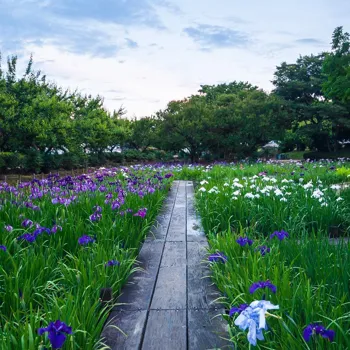
Regular watering during the growing season is essential. There are many different types of Irises, each with its own unique characteristics. Some bloom in the spring, while others bloom in the summer. The flowers attract pollinators, such as bees and butterflies.
Irises can be planted in borders, along pathways, or in rock gardens. Their vibrant colors and unique shapes make them a standout feature in any landscape. Consider planting a variety of colors to create a truly stunning display.
AI Generated Content. Glance/InMobi shall have no liability for the content

